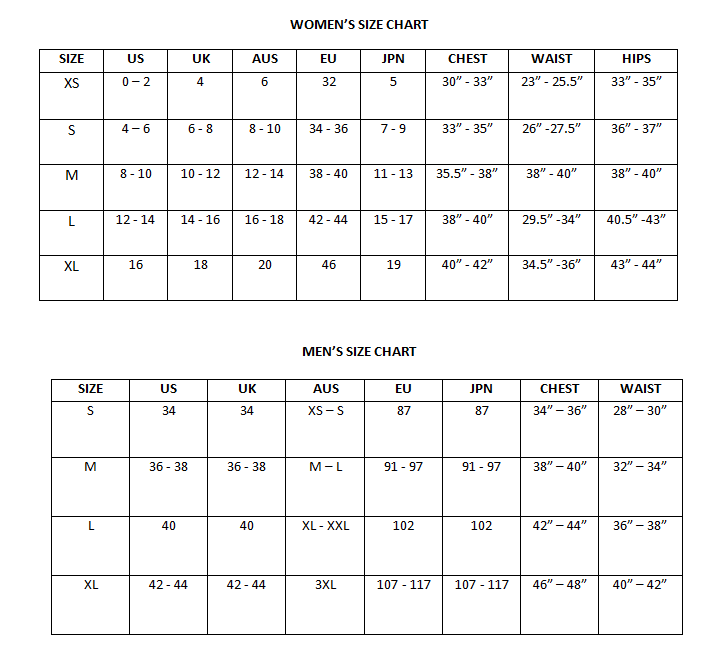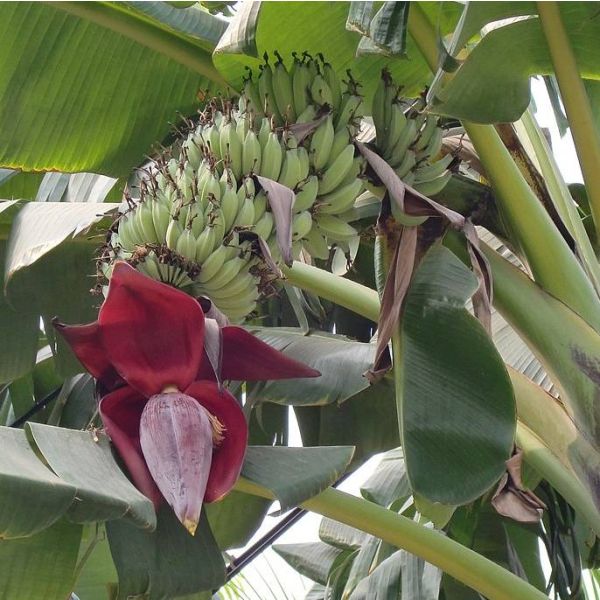Musa Acuminata Seeds (Wild Dwarf Cavendish Banana Seeds)
Musa Acuminata Seeds (Wild Dwarf Cavendish Banana Seeds)
Tropical banana plant with large leaves and exotic flowers, ideal for warm climates or potted in temperate zones.

Delivery
All orders shipped with UPS Express.
Always free shipping for orders over US $250.
All orders are shipped with a UPS tracking number.
Returns
Items returned within 14 days of their original shipment date in same as new condition will be eligible for a full refund or store credit.
Refunds will be charged back to the original form of payment used for purchase.
Customer is responsible for shipping charges when making returns and shipping/handling fees of original purchase is non-refundable.
All sale items are final purchases.
Help
Give us a shout if you have any other questions and/or concerns.
Email: contact@domain.com
Phone: +1 (23) 456 789
Availability: Out of stock
SKU
Musa Acuminata
Musa Acuminata – Banana Plant Seeds
Musa acuminata, commonly known as the Banana Plant, is the primary species used to cultivate the sweet bananas we enjoy. Native to Southeast Asia, this tropical plant is famous for its large, lush leaves and sweet, edible fruit. Ideal for warm climates, Musa acuminata is a must-have for gardeners looking to grow their own bananas at home or in tropical gardens.
Growth and Characteristics
- Height: Grows up to 15 feet (4.5 meters) tall, with large, broad leaves that provide an attractive tropical appearance.
- Fruit: Produces sweet bananas that can be eaten fresh or used in cooking and baking.
- Flowers: Large, hanging clusters of flowers that bloom before the bananas develop.
- Leaves: Long, broad, and glossy leaves that create a beautiful tropical look in any garden.
Cultivation and Care
- Climate: Prefers warm, tropical climates with temperatures above 60°F (15°C) year-round. Ideal for USDA hardiness zones 9-11.
- Soil: Well-draining, moist, and rich in organic matter. Avoid heavy, waterlogged soils.
- Light: Full sun is ideal for optimal growth and fruit production.
- Watering: Consistent moisture is key, especially during the growing season. Keep the soil evenly moist but not soggy.
- Germination: Soak the seeds in warm water for 24 hours before planting to improve germination. It may take several weeks for the seeds to sprout.
Banana Plant Benefits
Musa acuminata is not just valued for its delicious fruit, but also for its ornamental value. The large, glossy leaves are perfect for adding a tropical touch to any garden, while the plant itself is a great source of potassium and other essential nutrients. Growing bananas at home is not only fun but also rewarding!
Order your Musa acuminata seeds today and start growing your own bananas in your garden!
#MusaAcuminata #BananaPlant #TropicalGardening #GrowYourOwnBananas #TropicalFruits #HomeGardening
| Label | Musa acuminata |
|---|---|
| Common name | Wild Dwarf Cavendish Banana |
| Genus | Musa |
| Species | Musa acuminata |
| Germination | Sow the large Musa Acuminata seed about 12 mm deep in a Peaty seed sowing mix, in individual pots in the spring in a warm greenhouse at about 25øc. The seeds will usually germinate in -180 days. Grow the seedlings on in a rich soil, giving occasional liquid feeds. Keep the plants in the greenhouse for at least three years before trying them outdoors. Germination can take longer. Be patient! |
| Price View | Price Range |

